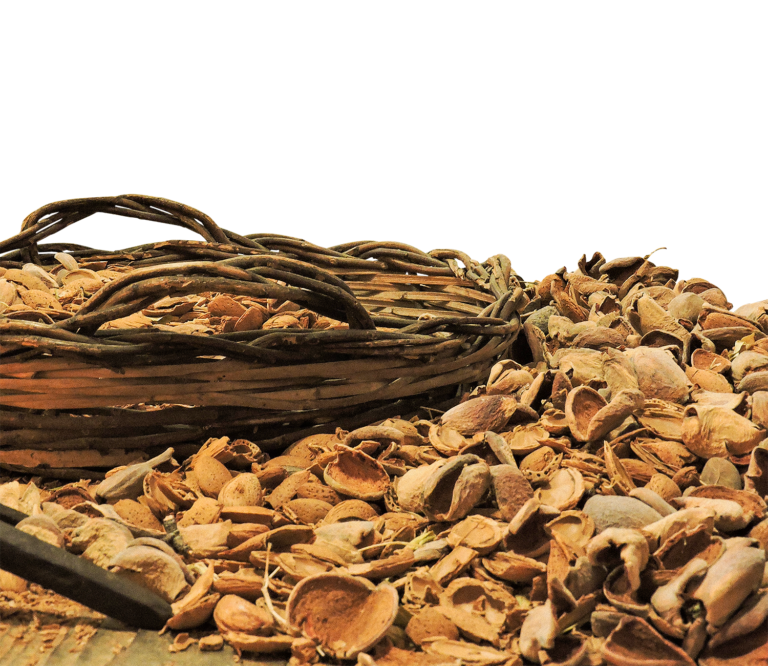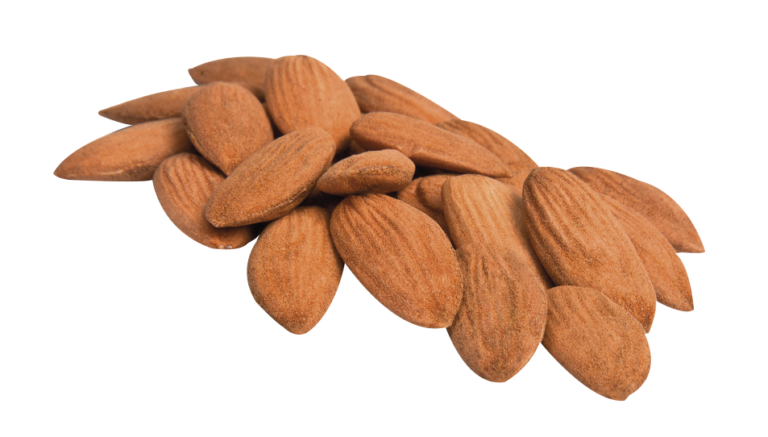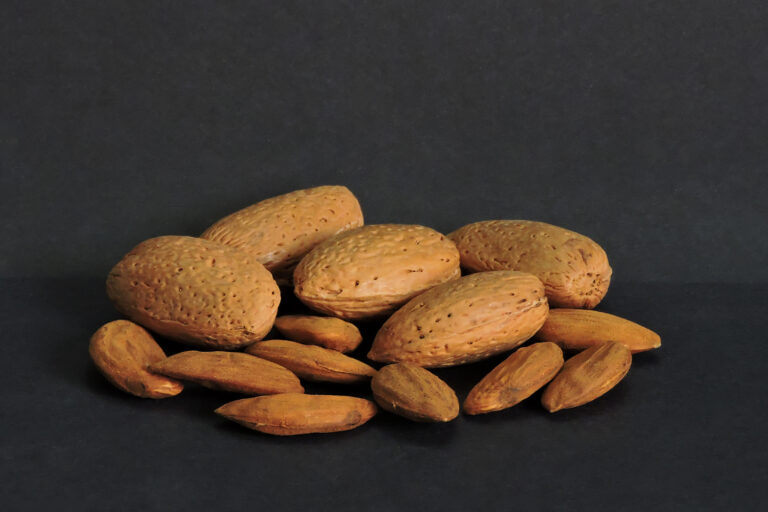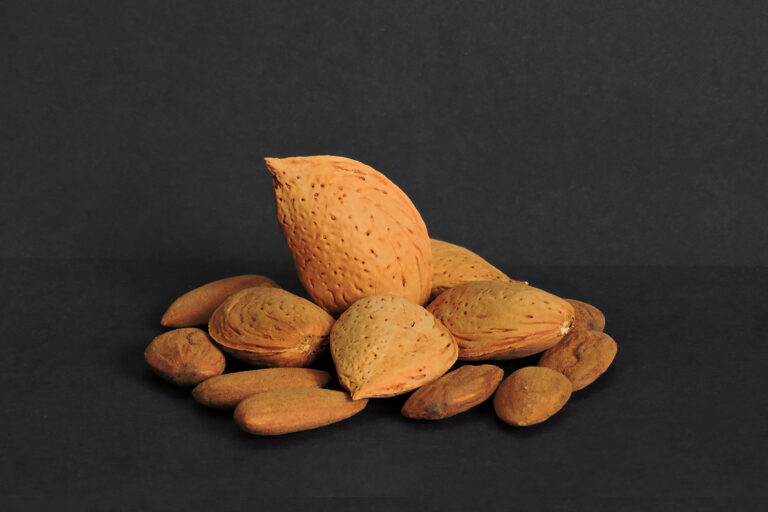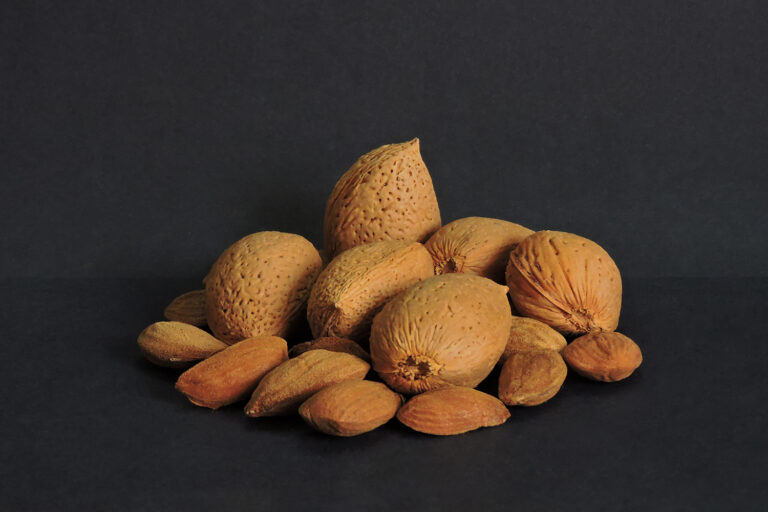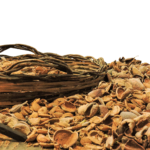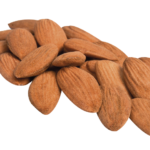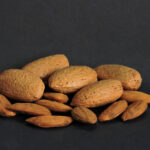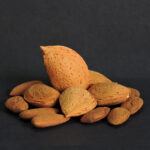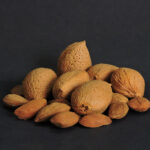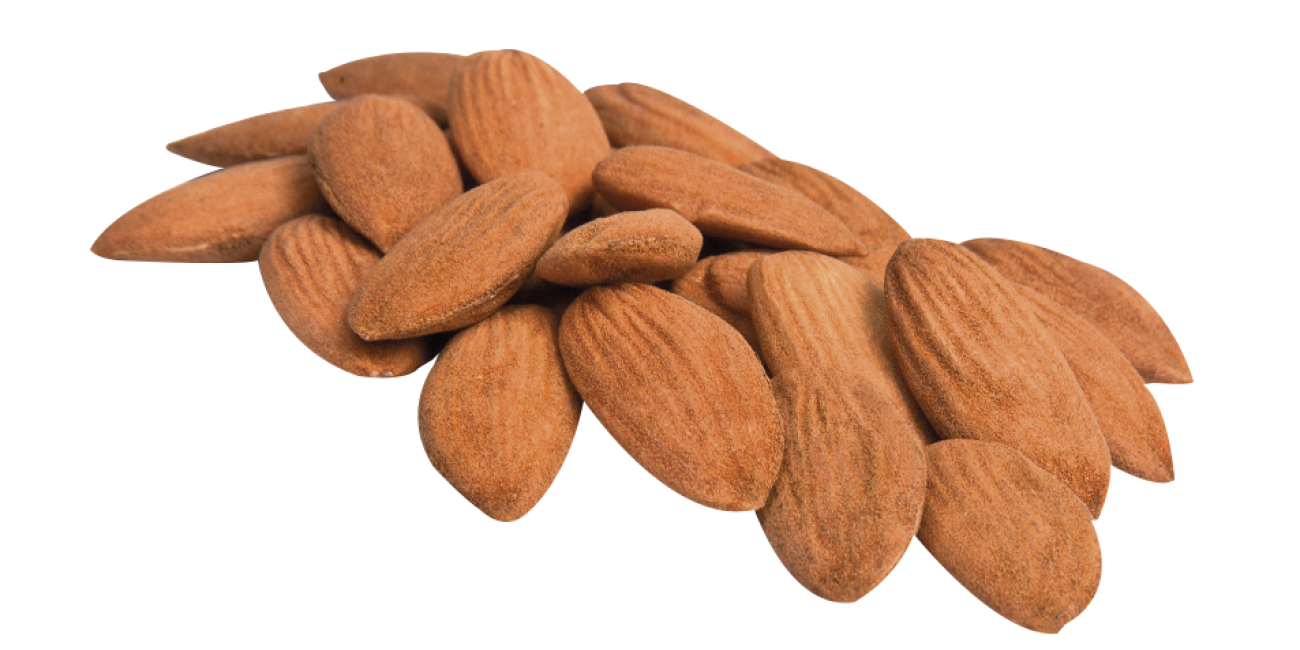
Almond farming: from plant to table
The history of the almond tree has its roots in the thousand-year history of the Eurasian and Mediterranean populations, in fact the plant originating from Central Asia was widely spread throughout the Mediterranean basin, between the 5th and 6th centuries BC, through trade and colonization of the Greek populations.
The almond tree with its white flowers that anticipate spring, with its flexible but strong stem, with its lush fruits, becomes a symbol of hope and wisdom, and for this reason it has generated myths and legends. Furthermore, the beauty and goodness of this plant are praised both in classical mythology and in sacred writings; in some medieval documents, recipes and products (such as milk, butter and marzipan) made from almond processing are reported.
The importance reserved for this tree by different cultures led scholars, between the nineteenth and twentieth centuries, to start investigations and classifications on the plant, in fact since 1801 the cultivated almond tree has been indicated scientifically, through the binomial nomenclature, such as Prunus amygdalus. Among the authors who have carried out studies on almonds, the botanist Giuseppe Bianca (d. 1883) and the scholar Francesco Monastra (d. 1997) must certainly be mentioned, both of whom identified and examined the different cultivars planted in the Sicilian territory and in particular the Avolese one.
In ancient times, in the Sicilian territory, the seasonal almond harvest was carried out in the months of July and August, and in Avola, respecting tradition until the end of the twentieth century, it was carried out on the Monday following the last Sunday of July when the patron saint Santa Venera. Nowadays the harvest, carried out from July to September, is determined by the climatic conditions and the maturation of the almond, the appropriate moment is dictated by a slight opening of the husk which allows a glimpse of the woody shell. Even the harvesting techniques have changed, in fact in the past the branches were beaten (scutulati) manually with long carob wood poles or with canes (the furcuni), so as to make the almonds fall, still with the husk, to the ground. Starting from the Second World War, tarps were spread under the trees to facilitate the subsequent harvesting stage; in some cases even the parachutes that were frequently found in the Avola countryside. Nowadays, however, especially companies that own hectares of almond groves, prefer to carry out the harvest mechanically, in this case the machinery, in addition to shaking the branches, places a large umbrella under the foliage to collect the fruits.
In the traditional almond harvest, women were also employed, in fact they lined up in rows between the rows of trees and, after eliminating the broken branches, filled the woven cane baskets (the cuveddi) with almonds, which were subsequently poured into the bags of jute. The jute bags were taken near the “country house” where the almonds were poured onto a table set up for the occasion, here other women removed the husks from the woody shell with their hands and with the help of a pebble. Starting from the 1940s, manual work was lightened by the use of a dehusking machine.
The peeled almonds were spread on the ground to dry for four or five days and in the meantime, they were stirred at intervals with feet or wooden shovels. When the almonds were dry, placed in jute bags, they were ready to be sold.
Usually the product was purchased from local companies that continued the processing of the almond, carrying out the shelling. Before the Second World War, the shelling phase was generally carried out by hand, always by women who, around a table, proceeded to crumble the shell with the aid of an iron tool (u ciovu ri scacciare). When this phase was concluded, the almonds were selected and calibrated based on the size of the seed.
In Avola, starting from the 1940s, almond growing became a very profitable economic activity, in fact several factories arose in the area, collaterally the need also developed to speed up processing times through the use of machinery such as the scaler, the shelling machine and the sorting machine. The machine used to shell almonds was invented and patented in 1949 by the Officina di Costruzioni Meccaniche Sgusciamandorle Avolese of Carlo Tossani and sons (CATOEF).
Almonds are an ingredient widely used for food use, in fact from them a flour is obtained which can be used for the production of almond milk, granita, marzipan, pudding, nougat and biscuits. Furthermore, the Pizzuta almond o Avola chosen, due to its oval shape it is the most used in confectionery, both nationally and internationally.

